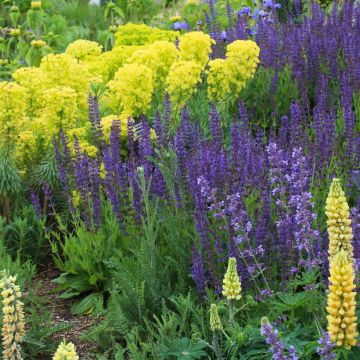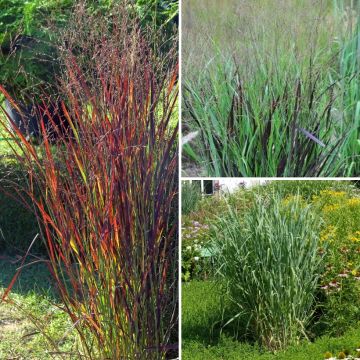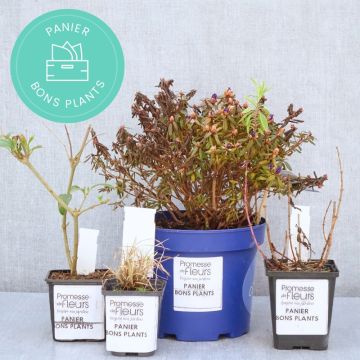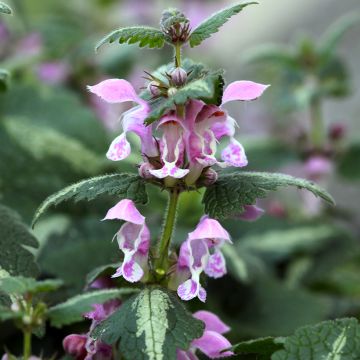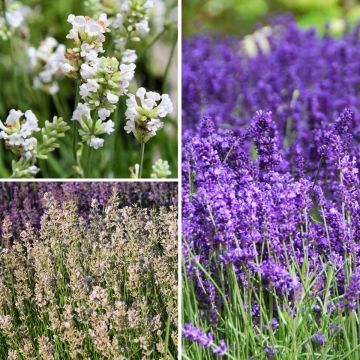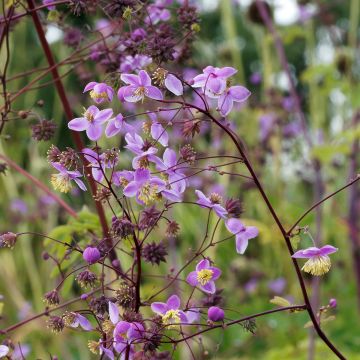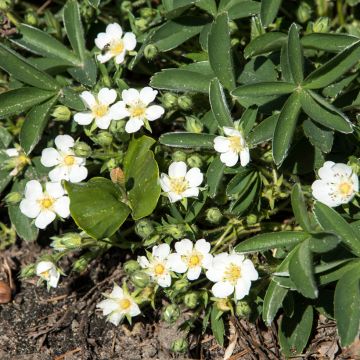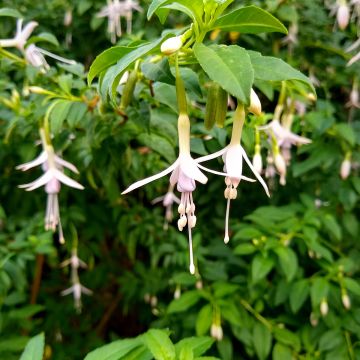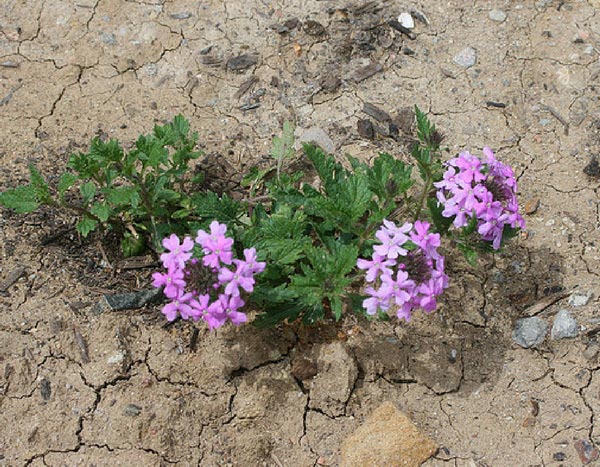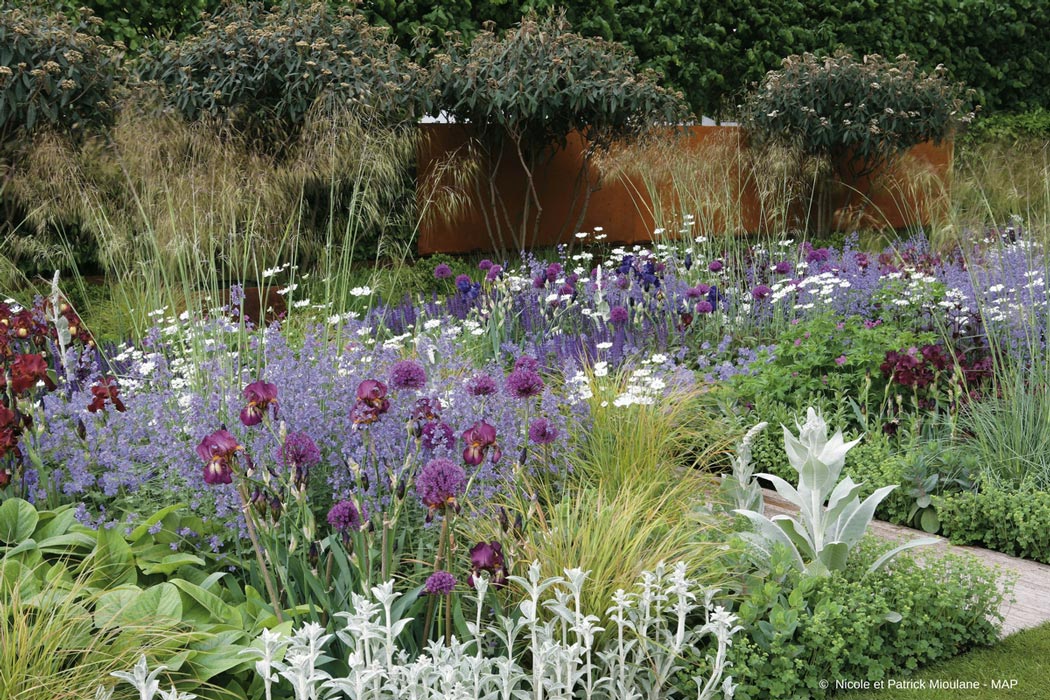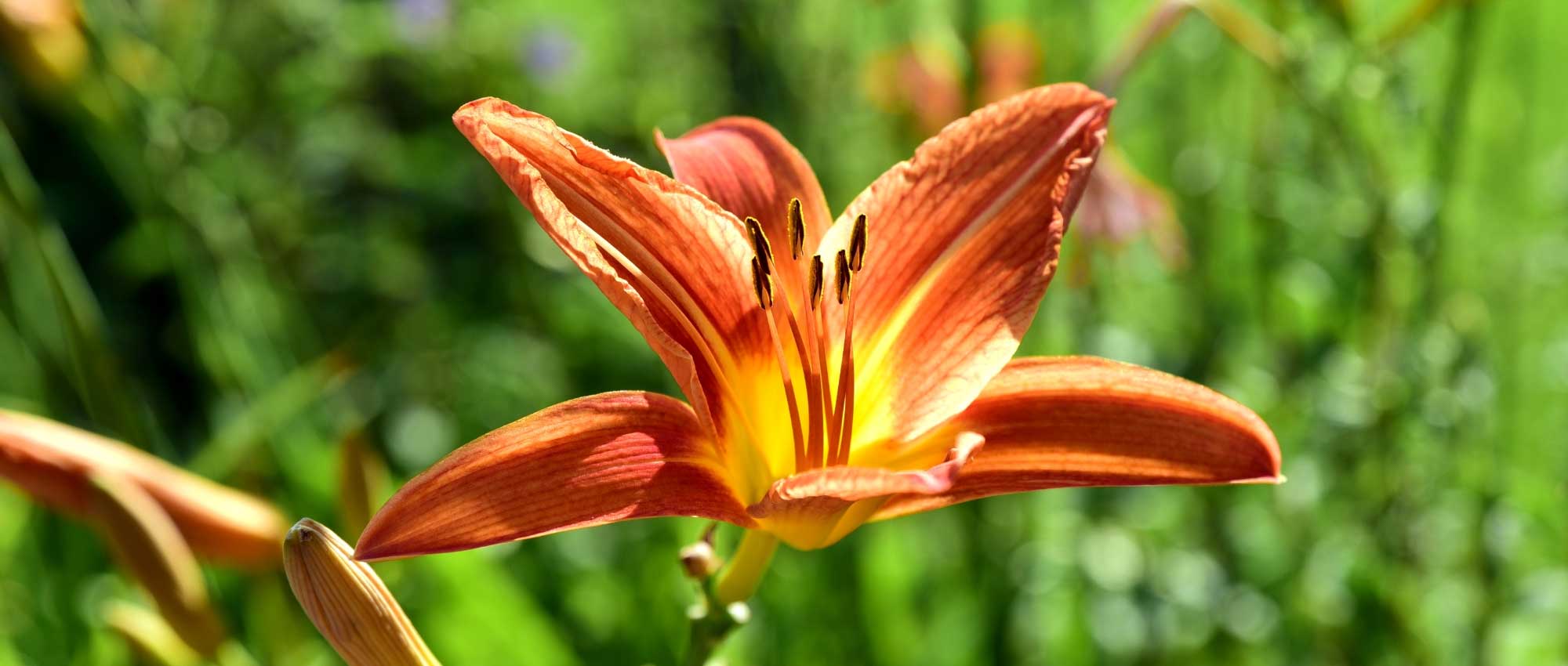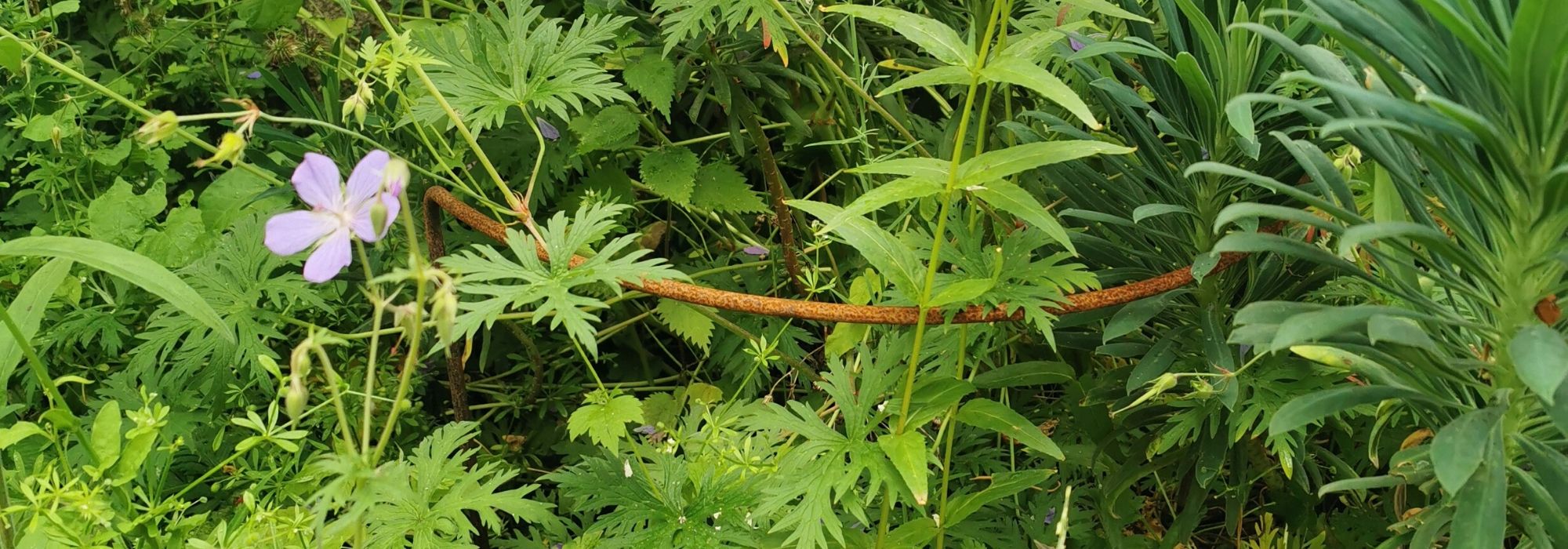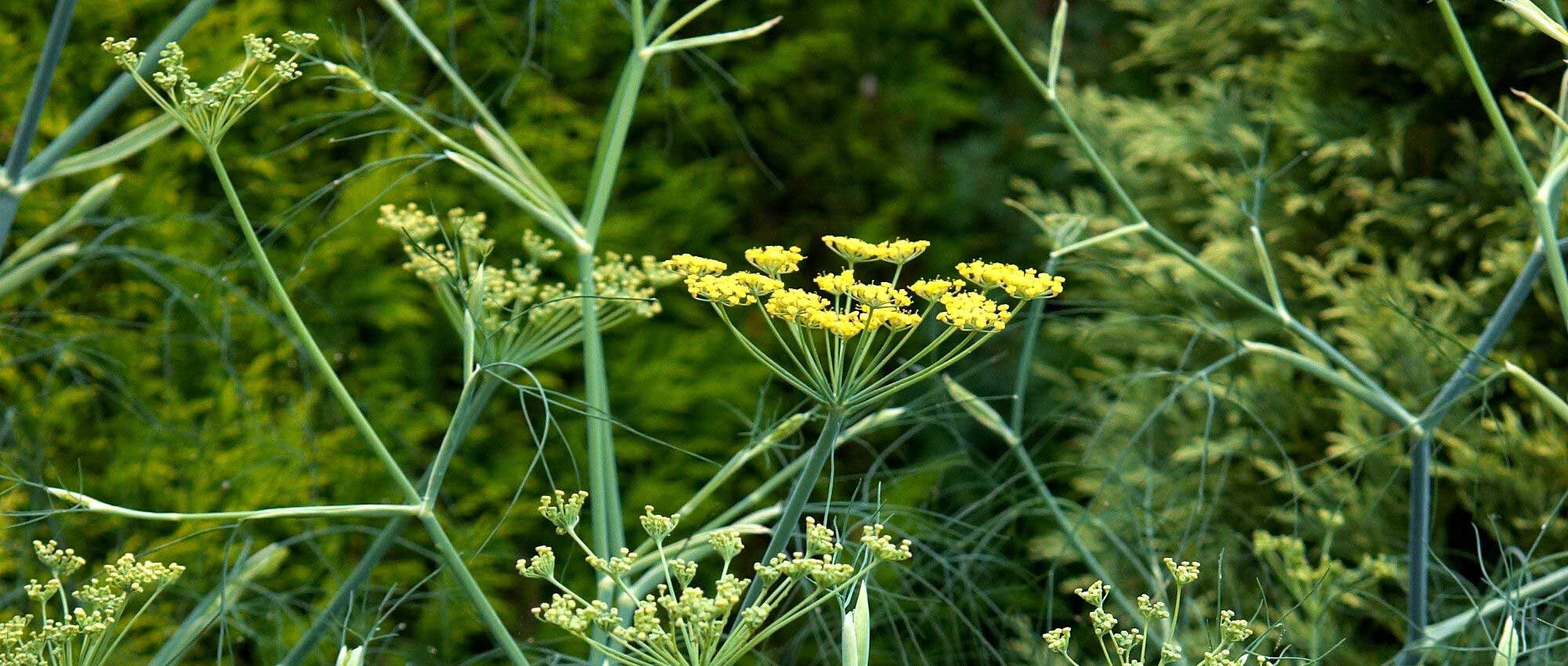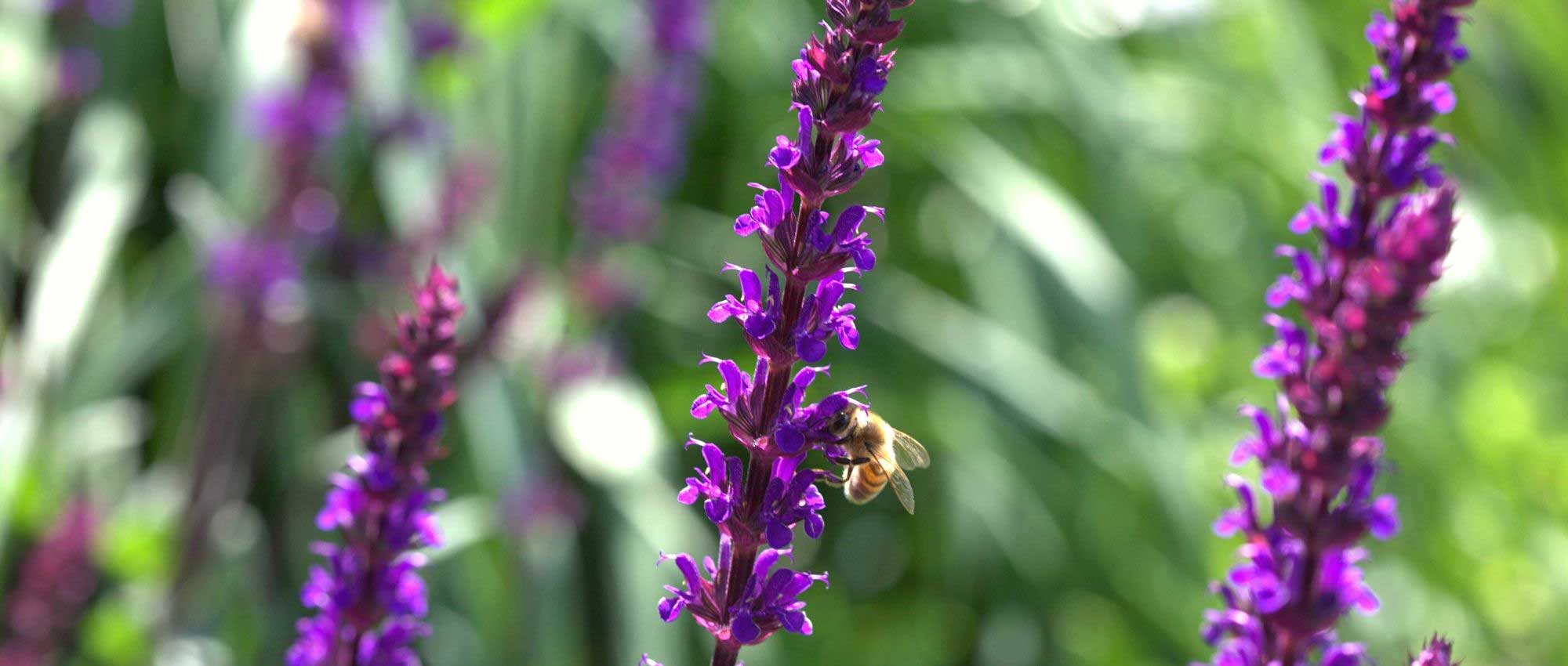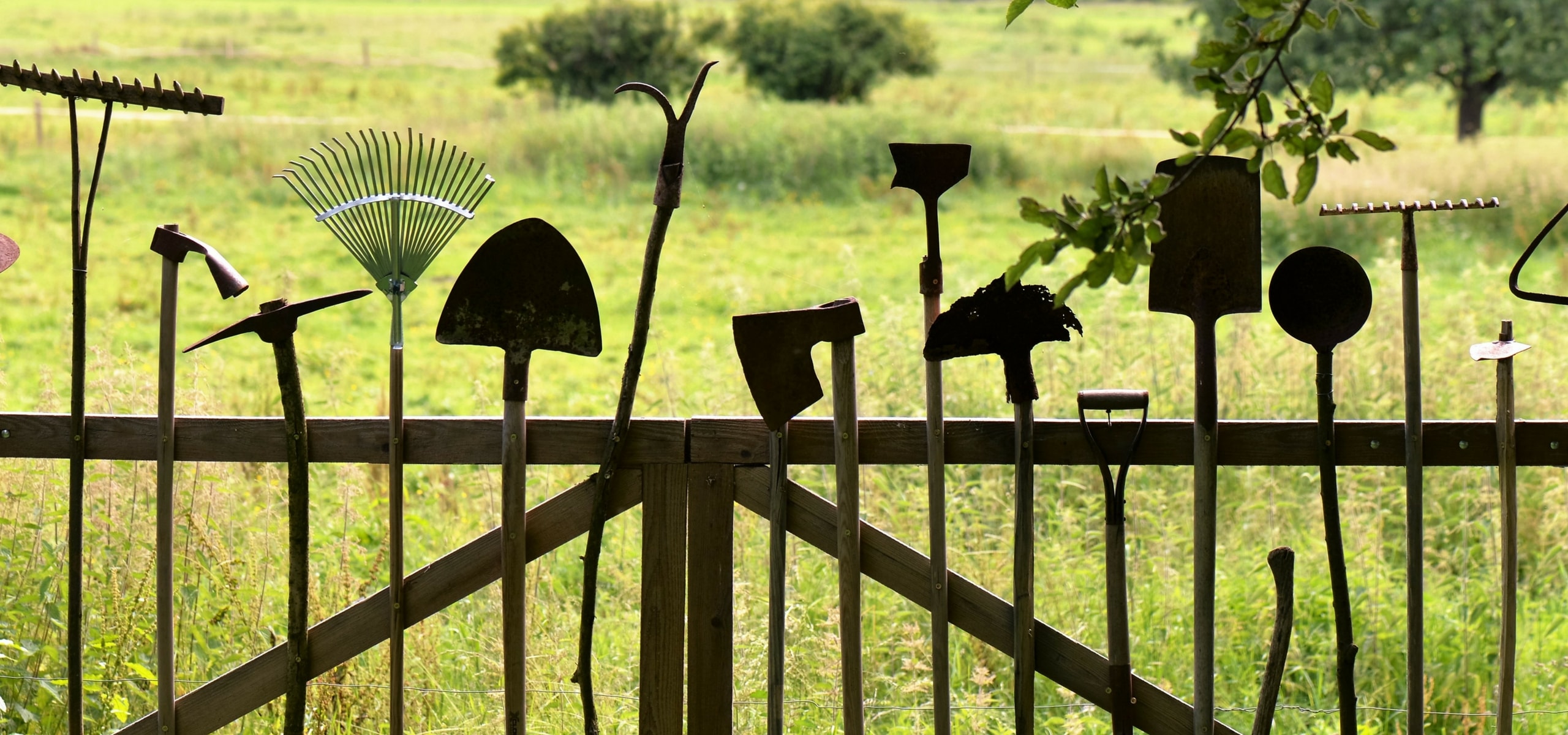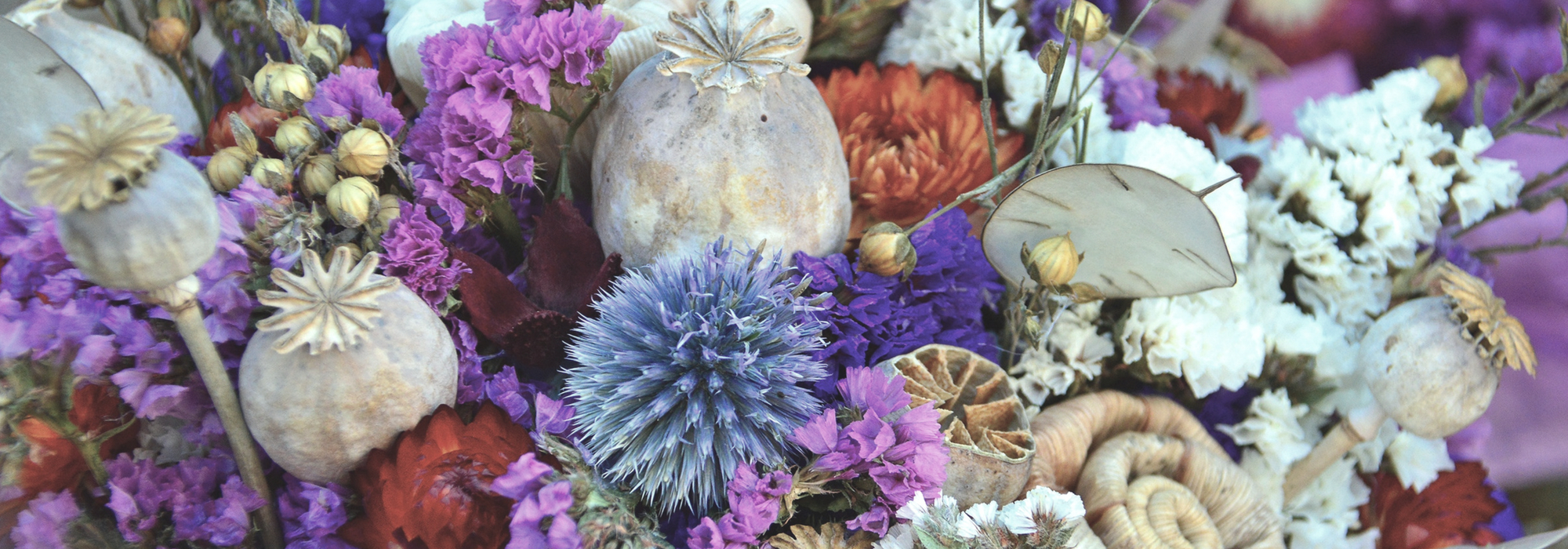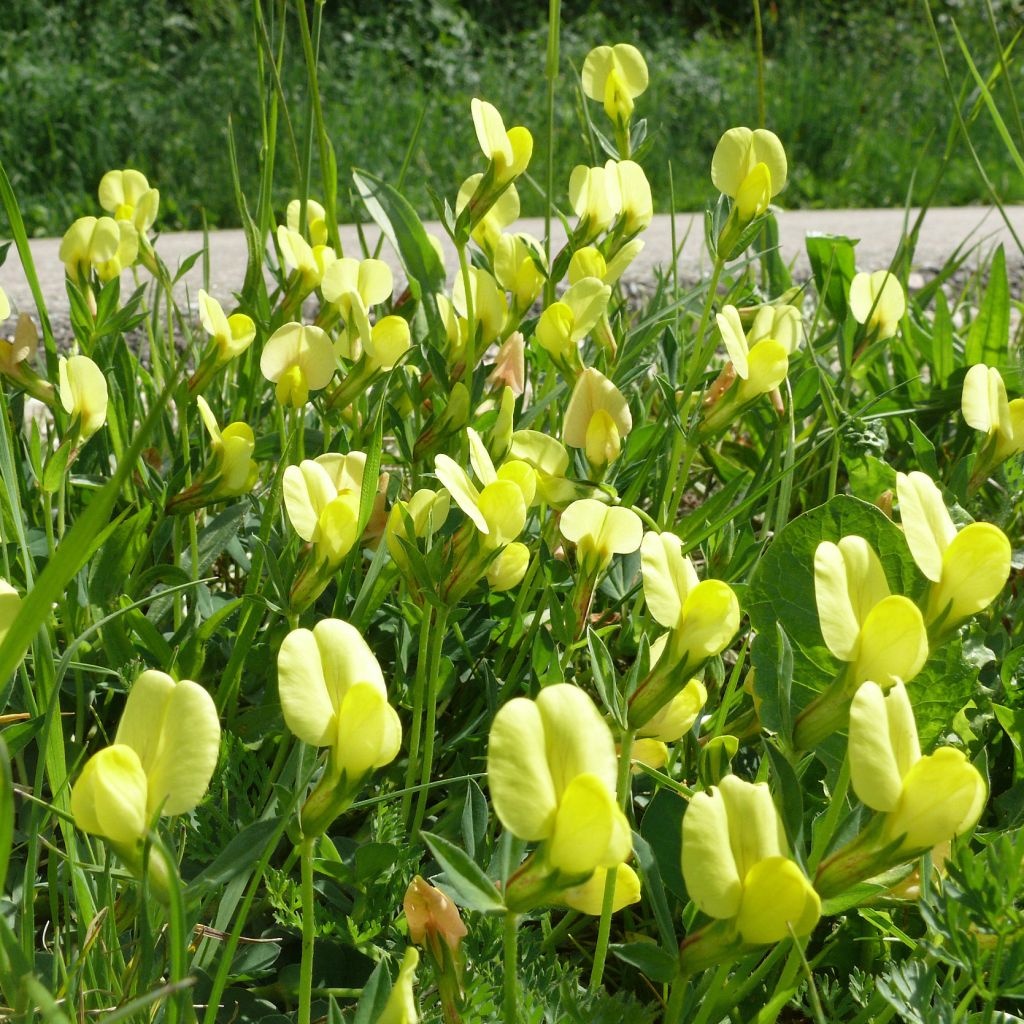

Lotus maritimus, Lotier
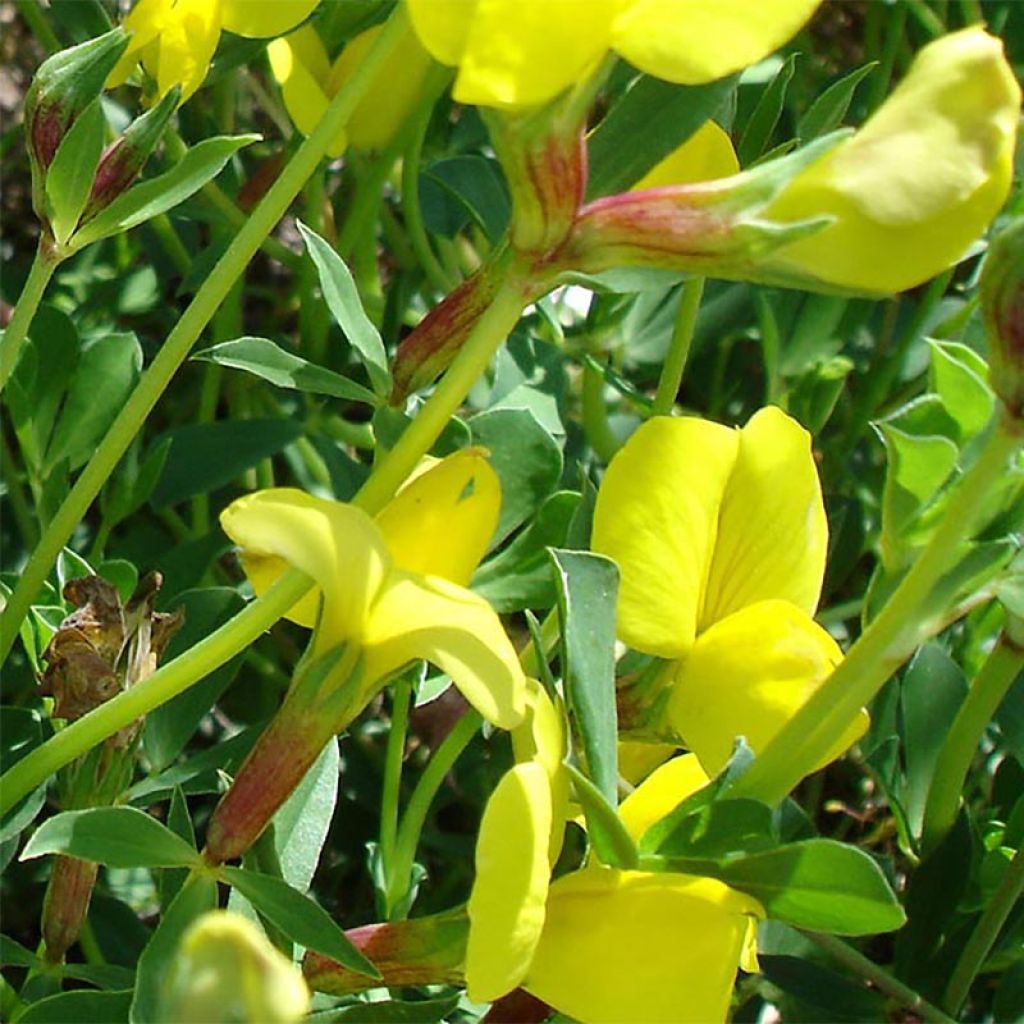

Lotus maritimus, Lotier
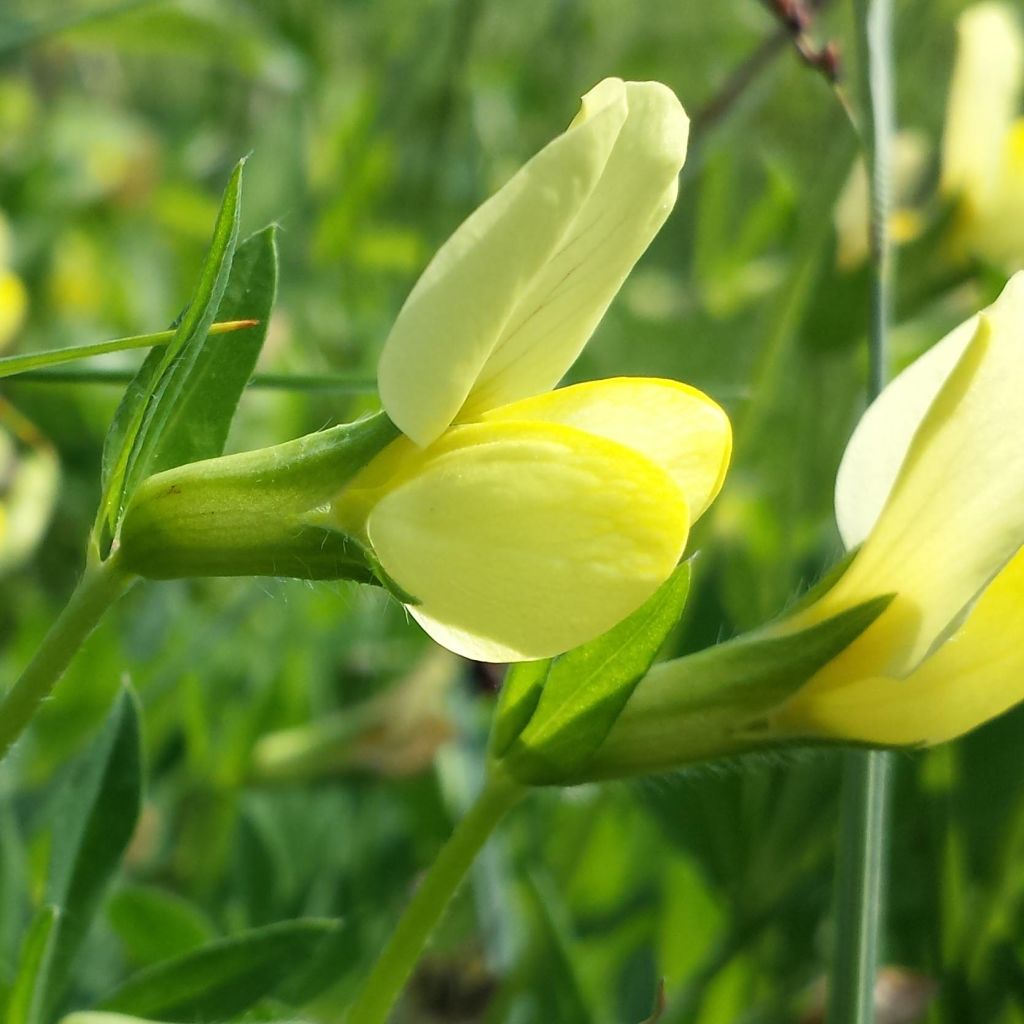

Lotus maritimus, Lotier
Lotus maritimus
Lotus maritimus
Dragon's Teeth
Special offer!
Receive a €20 voucher for any order over €90 (excluding delivery costs, credit notes, and plastic-free options)!
1- Add your favorite plants to your cart.
2- Once you have reached €90, confirm your order (you can even choose the delivery date!).
3- As soon as your order is shipped, you will receive an email containing your voucher code, valid for 3 months (90 days).
Your voucher is unique and can only be used once, for any order with a minimum value of €20, excluding delivery costs.
Can be combined with other current offers, non-divisible and non-refundable.
Why not try an alternative variety in stock?
View all →This plant carries a 12 months recovery warranty
More information
We guarantee the quality of our plants for a full growing cycle, and will replace at our expense any plant that fails to recover under normal climatic and planting conditions.
Does this plant fit my garden?
Set up your Plantfit profile →
Description
The Lotus maritimus, also known as the Sea Lotus, Square-pod Lotus or Pea Lotus, is a small perennial wild plant related to peas, forming a beautiful cushion of bluish leaves, divided into three leaflets, which harmonizes perfectly with large pale yellow papilionaceous flowers, very bright. Little used in gardens but formerly quite common in France, it illuminates wet and sunny areas, on limestone soil, with small yellow touches from spring to summer. It is easy to naturalize near water points, perfectly hardy, without concerns, but not invasive.
The lotus plants, perennial plants or undershrubs, have in common, like clover, this particular arrangement of leaves composed of 3 leaflets and, like peas, fruits in pods, edible in some species. The Lotus maritimus (Synonym Lotus siliquosus, Tetragonolobus siliquosus, Tetragonolobus maritimus) belongs to the family of fabaceae. It is native to central and southern Europe, western Asia and North Africa. Its natural environment, rather maritime, corresponds to wet meadows and marshes, on limestone or clayey soils. It is a perennial plant with initially prostrate and then erect stems, bearing blue-green, glabrous trifoliate leaves. It reaches about 30 cm (12in) in all directions. The yellow flowers, solitary, 2 to 2.5 cm (1in) wide, have the characteristic shape of papilionaceous flowers and bloom from May to July-August. The flowering is followed by the formation of pods bordered by 4 wings containing easily germinating seeds.
The sea lotus, is an excellent perennial for banks and wet areas, also easily grown in a simply moist, even occasionally dry, soil, and decorative for a long period. For example, it can be associated with other small plants suitable for limestone soil such as Thalictrum minus, Linum catharticum, Arabis hirsuta, Achillea, Agastache 'After Height', maritime silenes and small goldenrods.
The Lotus is a vulnerary plant, meaning that it helps in wound healing. It was formerly used to treat wounds.
This species is endangered in a large part of France, probably due to urbanization. Its habitats are rare and fragile (bare soils, wet for a good part of the year, temporarily wet marly meadows).
Report an error about the product description
Lotus maritimus in pictures
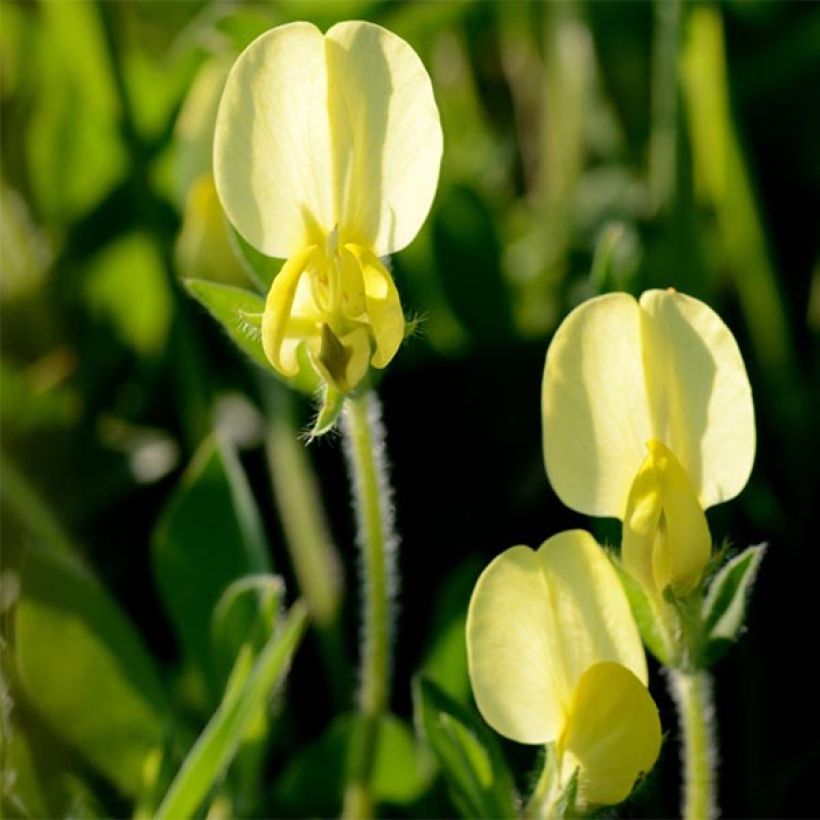

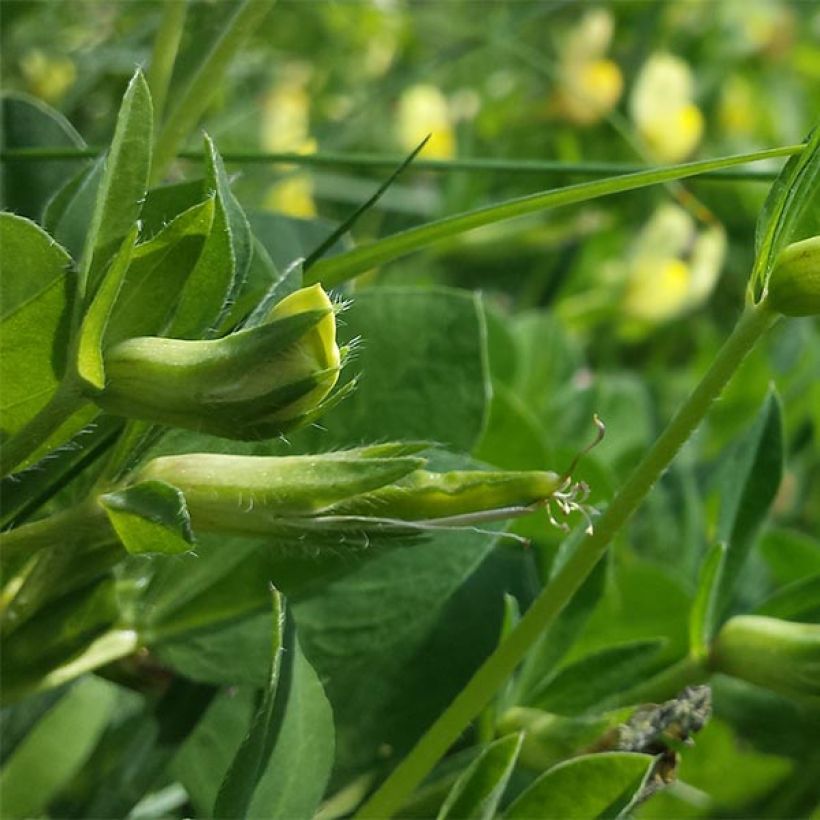

Flowering
Foliage
Plant habit
Botanical data
Lotus
maritimus
Fabaceae
Dragon's Teeth
Western Europe
Other Perennials A to Z
View all →Planting and care
The maritime Lotus prefers calcareous soils, even clayey, fertile and moist. However, it is quite tolerant of the nature of the soil, which may occasionally be dry in summer. It loves very sunny exposures and fears competition from large perennials. It can be planted in spring or autumn, in a soil cleared of adventives and well worked. It is hardy up to about -15°C (5°F) and tolerates sea spray and salty soils.
Planting period
Intended location
Care
Planting & care advice
This item has not been reviewed yet - be the first to leave a review about it.
Haven't found what you were looking for?
Hardiness is the lowest winter temperature a plant can endure without suffering serious damage or even dying. However, hardiness is affected by location (a sheltered area, such as a patio), protection (winter cover) and soil type (hardiness is improved by well-drained soil).

Photo Sharing Terms & Conditions
In order to encourage gardeners to interact and share their experiences, Promesse de fleurs offers various media enabling content to be uploaded onto its Site - in particular via the ‘Photo sharing’ module.
The User agrees to refrain from:
- Posting any content that is illegal, prejudicial, insulting, racist, inciteful to hatred, revisionist, contrary to public decency, that infringes on privacy or on the privacy rights of third parties, in particular the publicity rights of persons and goods, intellectual property rights, or the right to privacy.
- Submitting content on behalf of a third party;
- Impersonate the identity of a third party and/or publish any personal information about a third party;
In general, the User undertakes to refrain from any unethical behaviour.
All Content (in particular text, comments, files, images, photos, videos, creative works, etc.), which may be subject to property or intellectual property rights, image or other private rights, shall remain the property of the User, subject to the limited rights granted by the terms of the licence granted by Promesse de fleurs as stated below. Users are at liberty to publish or not to publish such Content on the Site, notably via the ‘Photo Sharing’ facility, and accept that this Content shall be made public and freely accessible, notably on the Internet.
Users further acknowledge, undertake to have ,and guarantee that they hold all necessary rights and permissions to publish such material on the Site, in particular with regard to the legislation in force pertaining to any privacy, property, intellectual property, image, or contractual rights, or rights of any other nature. By publishing such Content on the Site, Users acknowledge accepting full liability as publishers of the Content within the meaning of the law, and grant Promesse de fleurs, free of charge, an inclusive, worldwide licence for the said Content for the entire duration of its publication, including all reproduction, representation, up/downloading, displaying, performing, transmission, and storage rights.
Users also grant permission for their name to be linked to the Content and accept that this link may not always be made available.
By engaging in posting material, Users consent to their Content becoming automatically accessible on the Internet, in particular on other sites and/or blogs and/or web pages of the Promesse de fleurs site, including in particular social pages and the Promesse de fleurs catalogue.
Users may secure the removal of entrusted content free of charge by issuing a simple request via our contact form.
The flowering period indicated on our website applies to countries and regions located in USDA zone 8 (France, the United Kingdom, Ireland, the Netherlands, etc.)
It will vary according to where you live:
- In zones 9 to 10 (Italy, Spain, Greece, etc.), flowering will occur about 2 to 4 weeks earlier.
- In zones 6 to 7 (Germany, Poland, Slovenia, and lower mountainous regions), flowering will be delayed by 2 to 3 weeks.
- In zone 5 (Central Europe, Scandinavia), blooming will be delayed by 3 to 5 weeks.
In temperate climates, pruning of spring-flowering shrubs (forsythia, spireas, etc.) should be done just after flowering.
Pruning of summer-flowering shrubs (Indian Lilac, Perovskia, etc.) can be done in winter or spring.
In cold regions as well as with frost-sensitive plants, avoid pruning too early when severe frosts may still occur.
The planting period indicated on our website applies to countries and regions located in USDA zone 8 (France, United Kingdom, Ireland, Netherlands).
It will vary according to where you live:
- In Mediterranean zones (Marseille, Madrid, Milan, etc.), autumn and winter are the best planting periods.
- In continental zones (Strasbourg, Munich, Vienna, etc.), delay planting by 2 to 3 weeks in spring and bring it forward by 2 to 4 weeks in autumn.
- In mountainous regions (the Alps, Pyrenees, Carpathians, etc.), it is best to plant in late spring (May-June) or late summer (August-September).
The harvesting period indicated on our website applies to countries and regions in USDA zone 8 (France, England, Ireland, the Netherlands).
In colder areas (Scandinavia, Poland, Austria...) fruit and vegetable harvests are likely to be delayed by 3-4 weeks.
In warmer areas (Italy, Spain, Greece, etc.), harvesting will probably take place earlier, depending on weather conditions.
The sowing periods indicated on our website apply to countries and regions within USDA Zone 8 (France, UK, Ireland, Netherlands).
In colder areas (Scandinavia, Poland, Austria...), delay any outdoor sowing by 3-4 weeks, or sow under glass.
In warmer climes (Italy, Spain, Greece, etc.), bring outdoor sowing forward by a few weeks.
































